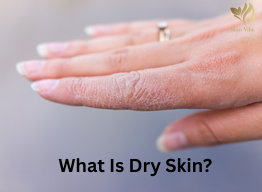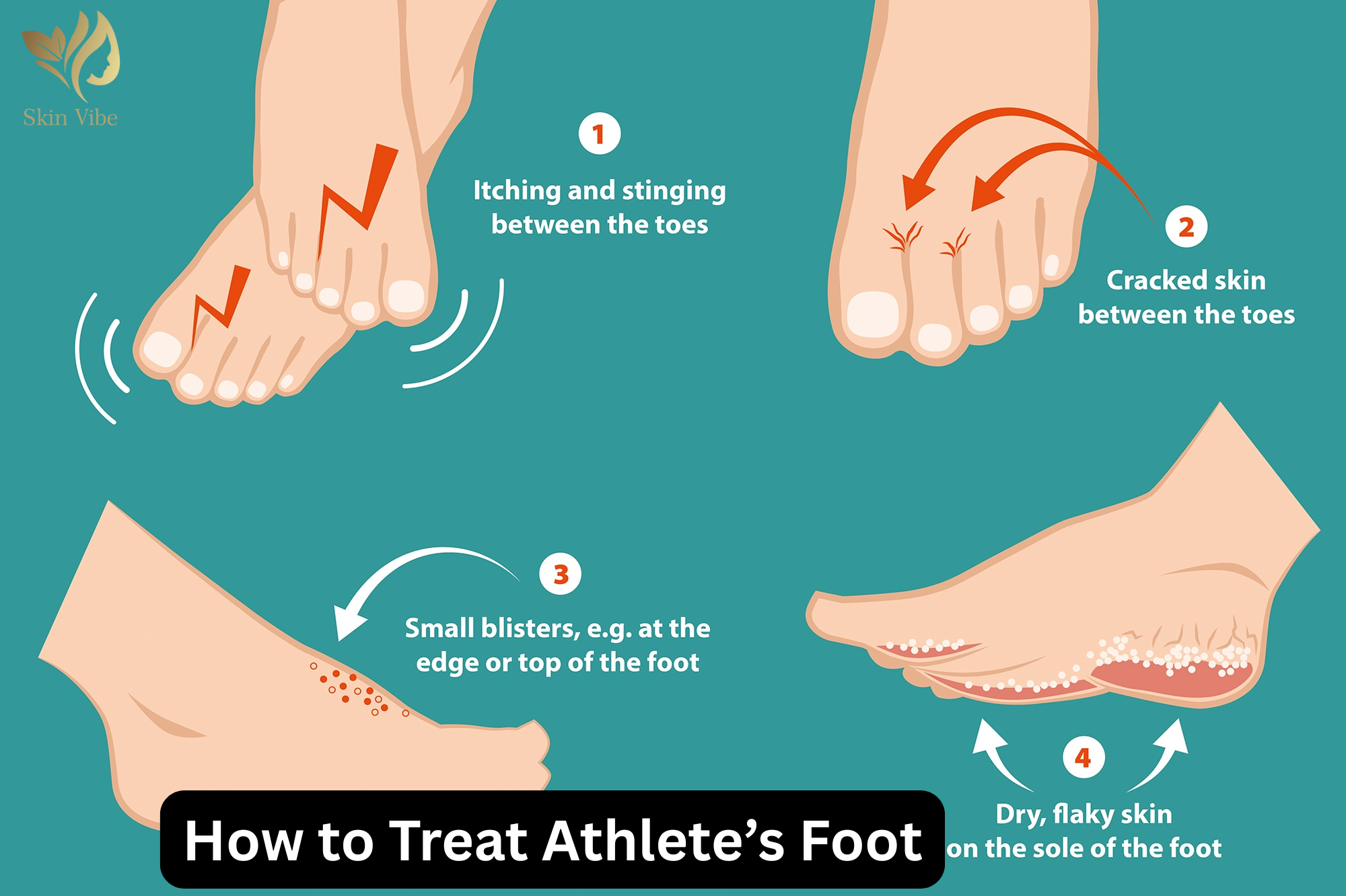Have you ever felt itchy, dry, or flaky skin on your feet and wondered:
“Do I just have dry skin… or is this something more serious like athlete’s foot?”
It’s a common question — and a very important one!
While dry skin and athlete’s foot can look and feel similar, they are actually very different conditions. They don’t have the same causes, they don’t respond to the same treatments, and if you don’t treat them correctly, things could get worse instead of better.
🌿 What Is Dry Skin?
Dry skin, also called xerosis, is a very common condition where your skin doesn’t have enough moisture.
It can happen on any part of the body, including your feet, especially around the heels, soles, and sides.
🔍 What Causes Dry Skin?
There are many reasons your feet might get dry:
Cold weather
Hot showers
Soaps with strong chemicals
Not drinking enough water
Aging (our skin gets drier over time)
Wearing shoes without socks
Walking barefoot on rough surfaces
✅ Common Symptoms of Dry Skin:
Skin looks rough or scaly
White or gray flaky patches, especially on the soles
Skin feels tight or itchy
Cracks on heels
Mild itching but usually no pain
No bad smell or redness
Dry skin is not contagious, and it usually improves with good skincare and hydration.
🦠 What Is Athlete’s Foot?
Athlete’s foot (also called tinea pedis) is a fungal infection.
That means it’s caused by a fungus — the same type of fungus that causes ringworm and jock itch.
Fungi love warm, dark, and moist places — which means sweaty feet in tight shoes are the perfect home for them.
🔍 How Do You Get Athlete’s Foot?
Athlete’s foot is very common and contagious, meaning it can spread from one person to another. You can catch it by:
Walking barefoot in public showers, gyms, or locker rooms
Sharing socks, shoes, or towels with someone who has it
Wearing sweaty socks and shoes for too long
Not drying your feet properly, especially between the toes
❗ Common Symptoms of Athlete’s Foot:
Intense itching, especially between the toes
Red, cracked, or peeling skin
A burning or stinging feeling
Blisters or fluid-filled bumps (in some cases)
A bad smell
Skin that gets worse with regular lotion
Athlete’s foot needs special antifungal treatment — it won’t go away with just a regular moisturizer.
🔍 Key Differences: Athlete’s Foot vs Dry Skin
Here’s a simple side-by-side comparison to help you understand the difference:
Feature Athlete’s Foot Dry Skin
Cause Fungal infection (contagious) Lack of moisture (non-contagious)
Appearance Red, peeling, often between toes Pale, rough, flaky, often on heels/soles
Itch Level Intense and can burn Mild to moderate itching
Odor Often smells bad Usually odorless
Response to Moisturizer Lotion may make it worse Lotion usually helps right away
Location on Foot Mostly between toes or bottom of foot Heels, sides of feet, and soles
Spreads? Yes, it can spread to others or to hands No, it’s not contagious
🧴 How to Treat Dry Skin on Feet
If you’ve got dry skin, you’ll be happy to know it’s usually easy to treat at home.
✅ Simple Treatment Tips:
Moisturize Daily
Use a thick cream or ointment like:
Petroleum jelly (Vaseline)
Urea-based creams
Glycerin or lanolin-based lotions
Avoid Hot Showers
Hot water dries out your skin even more. Use warm water instead.
Use Mild Soap
Stay away from soaps with fragrances or alcohol.
Soak and Scrub Gently
Soak your feet once a week and use a pumice stone to gently remove dead skin.
Wear Cotton Socks
Let your skin breathe and avoid rough materials.
Stay Hydrated
Drinking enough water helps your skin from the inside out.
⏳ Most people see improvement in 3–5 days with proper care.
💊 How to Treat Athlete’s Foot
Because athlete’s foot is a fungal infection, it won’t go away with lotion or home remedies alone.
You need to use antifungal products to kill the fungus.
✅ Athlete’s Foot Treatment Plan:
Use Over-the-Counter Antifungal Creams
Look for creams, powders, or sprays with ingredients like:
Clotrimazole
Terbinafine
Miconazole
Apply It Correctly
Wash and dry your feet first.
Apply the cream twice a day — especially between the toes.
Continue treatment for at least 1–2 weeks after symptoms disappear.
Change Socks Daily Wear clean, dry socks every day.
Let Feet Breathe Avoid tight shoes and wear sandals or breathable sneakers when possible.
Disinfect Shoes Use antifungal sprays or powders to treat shoes and prevent re-infection.
⏳ With treatment, most cases improve within 2 to 4 weeks.
⚠️ When to See a Doctor
You should see a doctor if:
You’re not sure whether it’s athlete’s foot or dry skin
The condition doesn’t get better after 2 weeks of treatment
The skin is bleeding, swollen, or oozing
You have diabetes (foot problems can be more serious)
You develop a fever or severe pain
🛡️ How to Prevent Both Conditions
🧦 Preventing Athlete’s Foot:
Always wear flip-flops in public showers
Dry your feet well, especially between the toes
Change socks if they get sweaty
Use antifungal powder if your feet sweat a lot
🧴 Preventing Dry Skin:
Moisturize your feet every night
Avoid soaps with strong chemicals or perfumes
Don’t walk barefoot on cold or rough surfaces
Use a humidifier during dry weather
✅ Final Summary: Athlete’s Foot vs Dry Skin
Knowing the difference between athlete’s foot and dry skin is key to getting the right treatment:
If your feet are dry, flaky, and not itchy, it’s likely dry skin — and moisturizers will help.
If your feet are itchy, red, and peeling between the toes, it’s probably athlete’s foot — and you’ll need antifungal medication.
When in doubt — ask a doctor or pharmacist. Getting the right diagnosis will save you time, money, and discomfort.

